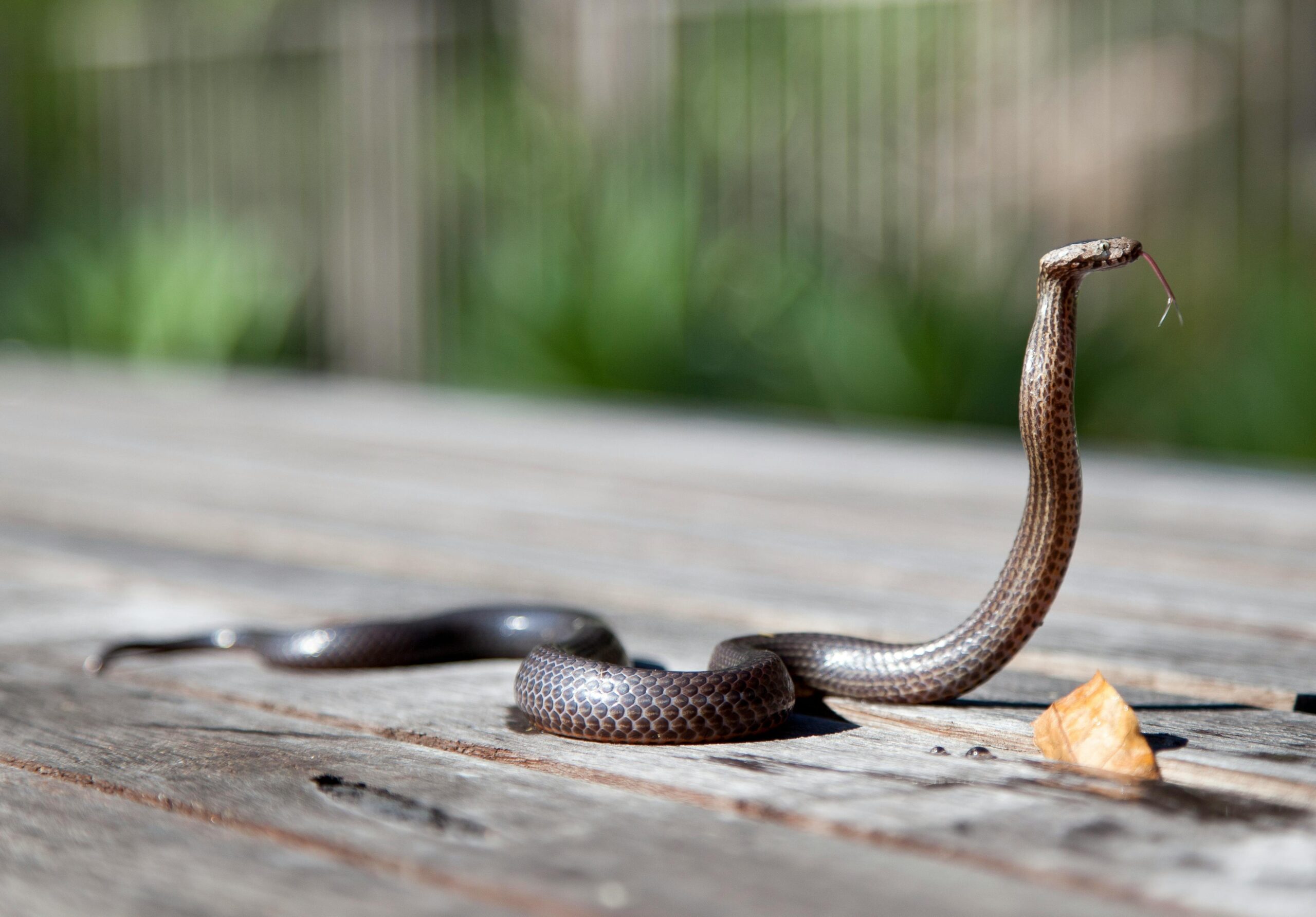Venomous snakes present a serious danger to pets, particularly dogs who love to explore their surroundings with curious noses and paws. Species like copperheads, rattlesnakes, and cottonmouths can deliver potent venom through a single bite, potentially causing severe injury or even death to beloved animals. This guide will help homeowners understand how to create a snake proof yard, recognize the warning signs of venomous snake bite dog emergencies, and take appropriate action when seconds count. With proper knowledge and preparation, you can significantly reduce the risk to your furry family members.
Understanding the Snake Risk in Your Area
Knowing which venomous snakes inhabit your region is the first step in protecting your pets. In North America, the most common dangerous snakes include rattlesnakes, copperheads, cottonmouths (water moccasins), and coral snakes. Each species has distinct patterns, behaviors, and habitats. Rattlesnakes often prefer rocky areas and tall grass, while copperheads blend into fallen leaves and forest floors. Cottonmouths are commonly found near water sources. Research local snake species through wildlife resources or consult with AskHomey to connect with local experts who can provide region-specific information about venomous snakes in your area.
The seasons also affect snake activity. Most venomous snakes are more active during warm months, especially during morning and evening hours when temperatures are moderate. During hot summer days, they often seek shade, potentially in the same cool spots your pets might frequent. Understanding these patterns helps you implement better pet safety measures during high-risk periods.
Creating a Snake-Resistant Landscape
Transforming your yard into a less hospitable environment for snakes is one of the most effective preventive measures for pet safety. Start by removing potential snake hiding places such as woodpiles, dense ground cover, and debris. Keep your grass short and maintain a clear perimeter around your home, as trimmed vegetation provides fewer hiding spots for snakes and makes them easier to spot.
Installing snake-proof fencing can be particularly effective for containing pets and keeping snakes out. These barriers should be buried at least six inches underground and stand at least 30 inches high, with no gaps or holes. Fine mesh or solid materials work best, as snakes can squeeze through surprisingly small openings. Angle the fence outward at about 30 degrees to prevent snakes from climbing over.
Water features and bird feeders can inadvertently attract snakes by drawing in their natural prey like rodents, frogs, and birds. Consider relocating these features away from areas where your pets spend most of their time. Regular rodent control is also essential for making your yard less attractive to venomous snakes, as they follow food sources.
Recognizing Signs of a Snake Bite
Even with preventive measures, it’s crucial to know how to identify a snake bite dog emergency. The symptoms vary depending on the snake species, amount of venom injected, and bite location. Common signs include sudden yelping or whining, limping, swelling at the bite site, puncture wounds, bleeding, weakness, drooling, vomiting, dilated pupils, and labored breathing.
Bites from venomous snakes typically show immediate and progressive symptoms. The area around the bite often swells rapidly and may turn discolored. Your pet might seem confused, unusually quiet, or exhibit signs of shock. With certain venomous snakes, symptoms might include muscle tremors or paralysis. Remember that some effects may not be visible immediately but can develop over several hours.
It’s important to note that not all snake encounters result in envenomation. Some bites are “dry,” meaning no venom was injected. However, all suspected snake bites should be treated as emergencies until determined otherwise by a veterinarian.
Emergency Response to Snake Bites
If you suspect your pet has been bitten by a venomous snake, immediate action is critical. First, remove your pet from the area to prevent additional bites or danger to yourself. Keep your pet calm and restrict movement as much as possible to slow venom spread. Do not apply tourniquets, attempt to suck out venom, or apply ice to the wound, as these methods are ineffective and potentially harmful.
Contact your veterinarian or an emergency animal hospital immediately and inform them you’re on your way with a suspected snake bite. If possible, note the time of the bite and try to identify the snake species without putting yourself at risk. This information can help the veterinarian determine the appropriate antivenom treatment. Do not waste time trying to capture or kill the snake.
During transport, keep your pet quiet and warm. If possible, position the bite area below heart level to slow venom circulation. The faster you can get professional medical attention, the better the chances for recovery. Veterinary treatment typically includes antivenom administration, pain management, fluid therapy, wound care, and supportive measures.
Training Your Pet for Snake Avoidance
Many professional trainers offer snake avoidance training for dogs, which teaches them to recognize and stay away from snakes. These specialized programs use safe methods to condition pets to associate the sight, sound, and smell of snakes with danger. While not foolproof, this training can provide an extra layer of protection in high-risk areas.
You can reinforce snake avoidance by keeping your dog leashed during walks in snake-prone areas, especially during peak activity seasons. Teach strong recall commands so you can quickly bring your pet back if you spot a potential danger. Consistent training in general obedience also helps manage your pet in emergency situations.
For more tips and to connect with reliable home service professionals, follow AskHomey on Facebook and Instagram.



